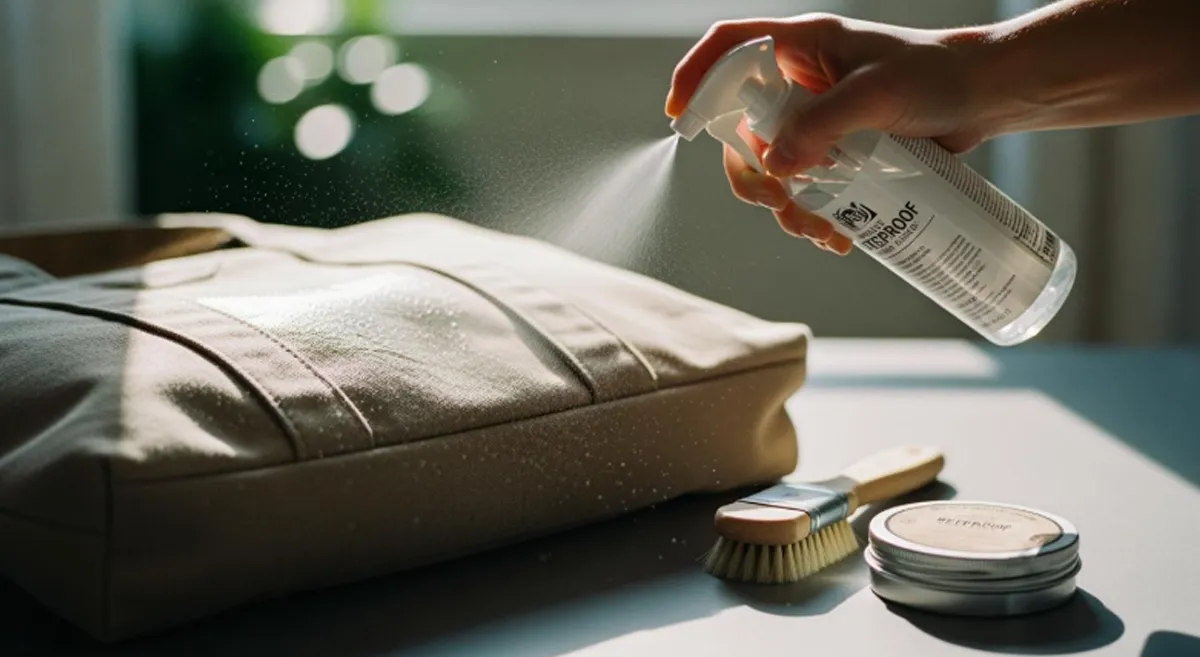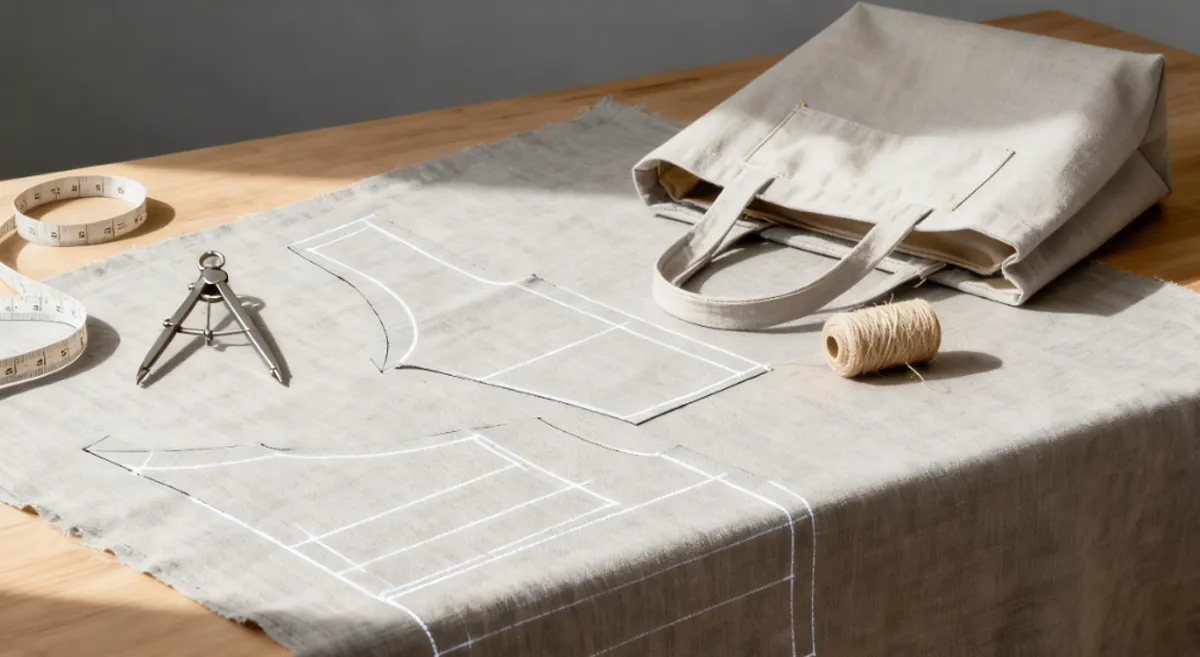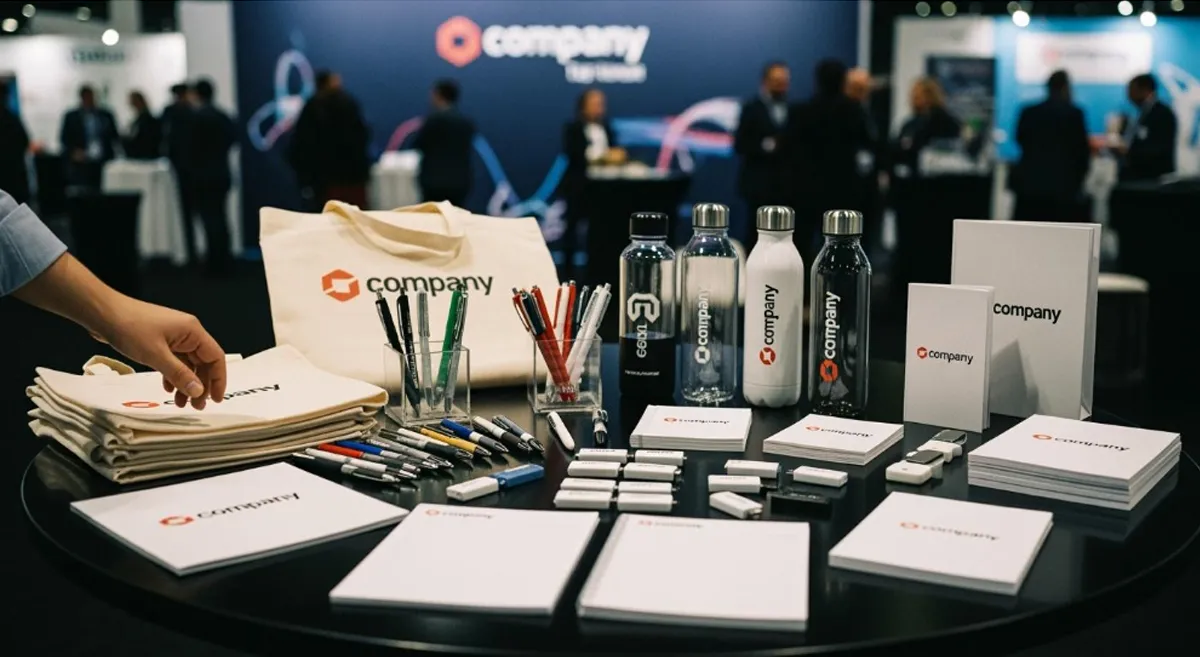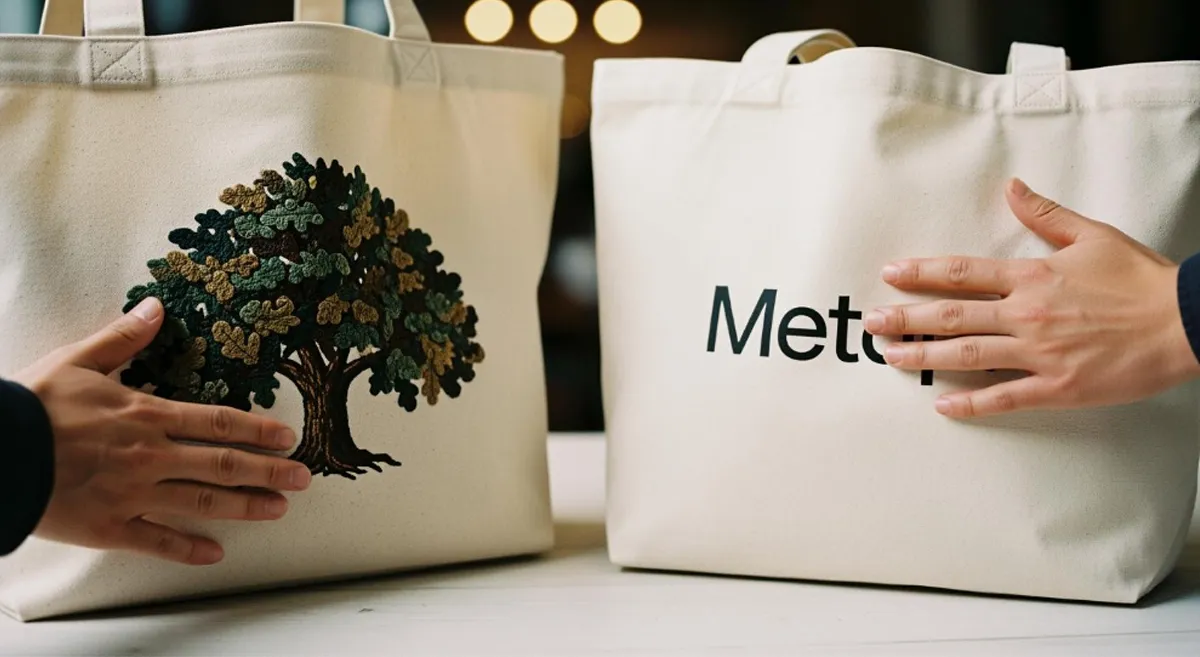When you start thinking about custom bags or t shirts, one question usually pops up: Digital Printing vs Screen Printing — which one makes more sense. You might have heard people say digital is quick and flexible, while others insist screen printing is stronger and more durable. It can feel a little confusing if you are not familiar with how each process works.
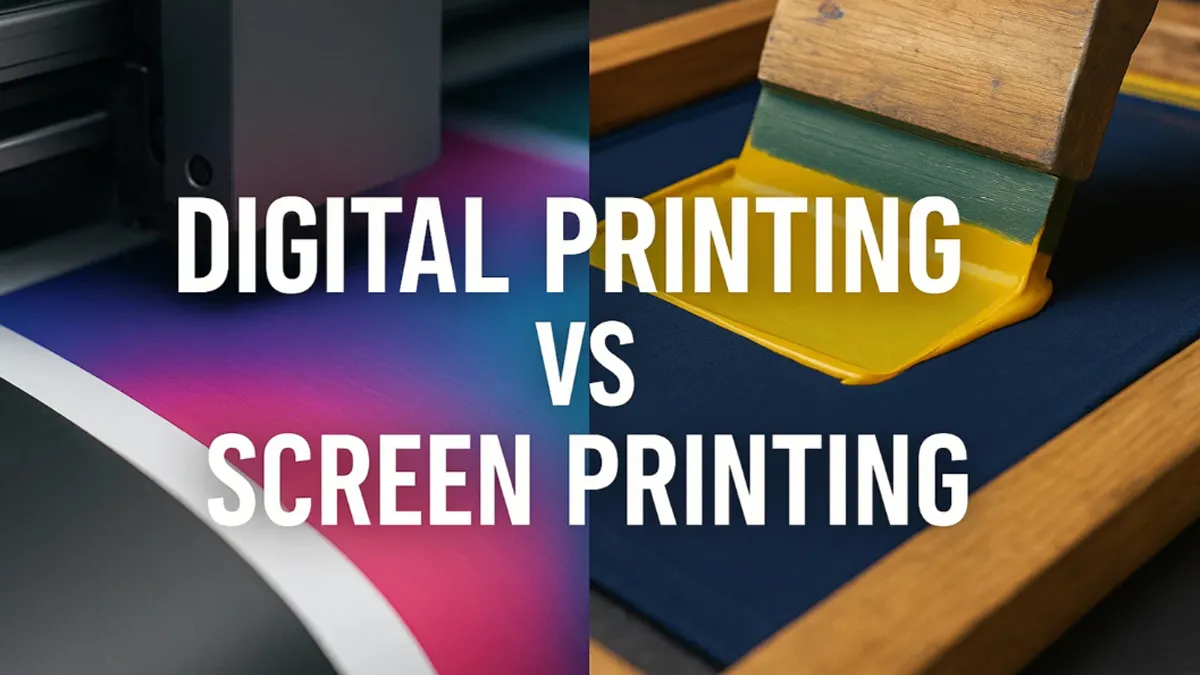
The good news is we can figure this out together. You do not need to know every technical detail, just the basics that really matter. In this guide we will walk through both methods step by step, show you where digital printing shines, where screen printing holds the advantage, and answer common questions like Does digital printing last longer than screen printing. By the end, you will know exactly which option fits your needs and your budget.
What is Screen Printing?
Screen printing, sometimes called silk screening, is one of the oldest printing techniques still in use today. The process is fairly straightforward but requires preparation. A mesh screen is prepared with a stencil of the design. Ink is then pushed through the screen onto the material, one color at a time.
Because each color needs a separate screen, designs with multiple colors require more setup. That is why screen printing is often recommended for simple logos, bold text, or designs with limited colors.
Why people love screen printing:
- It produces vivid, bold colors that pop even on dark fabrics.
- The prints are extremely durable. A well-made screen print can survive dozens of washes.
- It works on many materials: cotton, polyester, plastic, glass, and even wood.
What makes it less convenient:
- Preparing screens takes time, so small orders are not cost effective.
- Complex designs with gradients or photos are difficult to reproduce.
- Each color requires a separate pass, making multicolor jobs more expensive.
What is Digital Printing?
Digital printing is a much newer process. Imagine it like your home inkjet printer—but on a larger scale and with inks designed for fabrics. The design is sent directly from the computer to the printer and applied to the material.
There is no need for screens, stencils, or setup for each color. You just upload the file, adjust the size, and print. This makes digital printing much faster for small batches or one-off designs.
Why people love digital printing:
- It can print detailed designs with photos, gradients, and unlimited colors.
- Setup is fast and cheap—great for small orders.
- You can customize each item individually without extra cost.
Where it falls short:
- The colors may not be as bold on dark fabrics.
- Durability is moderate. Yes, digital prints look great at first, but frequent washing may cause fading. (Do digital prints fade? The answer is yes, especially if exposed to heat or rough washing cycles.)
- Works best on fabric and paper, less so on unusual surfaces like metal or plastic.
Digital Printing vs Screen Printing: Key Differences
To really understand the debate, it helps to see how the two methods compare across the areas that matter most:
Print Quality and Detail
- Digital printing is perfect if your design has lots of detail, tiny text, or photo-like images. It can handle gradients, shading, and smooth color transitions with ease.
- Screen printing shines when the design is bold and simple—like a big logo or strong text. The ink sits thick on the surface, giving colors a vibrant, long-lasting look.
Durability
Here is where the question Does digital printing last longer than screen printing comes into play. The honest answer: usually no. Screen printing is known for its durability. The ink bonds strongly and can withstand years of washing without losing vibrancy. Digital prints, while good for lighter use, may fade over time.
So if you want something that lasts for years of heavy use, screen printing is your friend. If you only need a short-term design or fashion piece, digital is more than fine.
Cost and Order Size
Another big question: Why is digital printing cheaper. The reason is setup. Digital printing does not need custom screens. You can print one item, ten items, or fifty without extra setup costs. That makes it ideal for small orders or personalized products.
Screen printing requires screens and setup time, which means the cost is high for small batches. But once the setup is done, printing hundreds or thousands of items is much cheaper per unit. That is why large companies often go for screen printing when they need bulk promotional items.
Speed and Setup
Digital printing is quick. You upload the file, print, and you are done. Screen printing takes more time because of the screen preparation, ink mixing, and alignment.
Material Compatibility
- Screen printing works on almost anything: cotton, polyester, plastic, wood, glass, metal.
- Digital printing is more limited. It works best on fabrics like cotton tote bags or polyester t shirts, and on paper products.
Digital Printing vs Screen Printing
| Aspect | Digital Printing | Screen Printing |
|---|---|---|
| Setup Time | Very low, no screens needed | High, requires screen setup |
| Best For | Small orders, detailed designs | Large orders, bold simple graphics |
| Durability | Moderate – Do digital prints fade? Yes, faster if washed often | Very high, lasts through many washes |
| Cost Efficiency | Cheaper for low volumes – Why is digital printing cheaper? no setup costs | Cheaper for bulk orders |
| Color Options | Unlimited, great for gradients and photos | Limited but bold and vibrant |
| Material Range | Works best on fabric and paper | Works on fabric, plastic, metal, glass |
When to Choose Digital Printing
Digital printing is a smart choice when you want flexibility and speed. It works best if you only need a small batch, maybe 10 to 50 tote bags for an event or a handful of custom t shirts. The setup is simple, so you do not waste time or money on screens or plates.
It also shines when your design is detailed. Photos, gradients, or colorful artwork come out sharp and clear with digital printing. If you want each item to look unique, like t shirts with different names or bags with individual artwork, digital makes that easy without extra cost.
And if deadlines matter, digital printing is the faster option. You can go from design to finished product in a short time, which is perfect for last minute events or limited edition runs.
When to Choose Screen Printing
Screen printing is your best bet if you:
- Need hundreds or thousands of items.
- Have simple designs with few colors.
- Want maximum durability (like uniforms or promotional totes).
- Need strong, vibrant prints that stand out on dark fabrics.
When to Choose Digital Printing vs Screen Printing
| Situation | Digital Printing | Screen Printing |
|---|---|---|
| Order size | Small runs (10–50 items) | Large batches (100+ items) |
| Design type | Detailed, colorful, photos, gradients | Simple, bold logos or text |
| Turnaround time | Fast, minimal setup | Slower, needs screen preparation |
| Personalization | Easy to make each item unique | Not practical for item-by-item changes |
| Durability | Moderate, may fade with frequent washing | Very high, lasts for years |
| Cost efficiency | Cheaper for small orders | Cheaper per unit in bulk production |
Which One is Better for Bags
Now let’s talk specifically about bags.
Cotton tote bags
Both work well. Screen printing gives bold, long-lasting logos in bulk, while digital printing is better for small runs with colorful or detailed designs.
Non woven bags
Screen printing is more reliable. The thicker ink layer bonds better with the rough surface, making prints sharper and more durable.
Polyester shopping bags
Digital printing works for full-color designs, but prints may fade faster. Screen printing lasts longer and looks brighter for simple logos.
PVC or coated bags
Screen printing is the clear winner here. It grips glossy surfaces better, while digital prints may peel or fade.
Printing for Different Bag Types
| Bag Material | Digital Printing Suitability | Screen Printing Suitability |
|---|---|---|
| Cotton Tote Bags | Great for small runs, complex designs | Excellent for bulk, simple bold prints |
| Non Woven Bags | Limited, ink may not adhere well | Works well, strong ink adhesion |
| Polyester Bags | Good, but durability lower | Very good, long lasting prints |
| PVC / Coated Bags | Not ideal | Preferred, durable and vivid colors |
Conclusion
So, Digital Printing vs Screen Printing — which one should you choose. The answer depends on what you need. If you want detailed, colorful, and small-batch prints, digital is your best bet. If you need durable, bulk, bold designs, screen printing is the way to go.
At the end of the day, both have their strengths. The key is matching the method to your project, whether that is tote bags, t shirts, or promotional products.
As a professional bag manufacturer, we offer both digital printing and screen printing. Whether you want a small batch of custom cotton totes with colorful designs, or thousands of non woven promotional bags with bold logos, we can help. With OEM, ODM, and wholesale options, we provide the flexibility you need at factory-direct pricing.
Contact us today for samples or a quick quote. Let’s bring your designs to life on durable, stylish bags.
FAQ
Does digital printing last longer than screen printing?
Not usually. Screen printing is more durable, especially for items that will be washed often, like clothing. Digital prints look great, but with time and washing, they can fade faster. For short-term use or fashion items, digital is fine, but for uniforms or promotional products, screen lasts longer. The type of fabric and how you care for the item also make a difference.
Why is digital printing cheaper?
Because it does not require screens or setup. You can print one item or ten with the same process. That makes digital ideal for small orders and custom designs. Screen printing gets cheaper with volume because the setup cost spreads out across hundreds or thousands of items. For businesses testing designs or offering personalization, digital printing saves money upfront.
Do digital prints fade?
Yes, digital prints can fade, especially when exposed to sunlight, heat, or frequent washing. The good news is that new ink technology has made digital prints last longer than before. If you wash gently and avoid high heat, they can still stay bright for a long time. Using the right fabric and proper curing during production also helps extend their lifespan.
Which is better for cotton tote bags?
If you need small, colorful designs with photos or gradients, digital printing is great. If you need hundreds of tote bags with a bold logo, screen printing is the better option. Think of digital as perfect for custom gifts or limited runs, while screen printing works best for big promotional campaigns and long-term branding.
Which method is more eco friendly?
Screen printing uses more ink and chemicals, but lasts longer. Digital uses less ink and has no screens to wash, so it reduces water waste. Both have pros and cons; eco friendliness depends on how the prints are used and disposed of. For brands focused on sustainability, choosing eco-friendly inks and maximizing reusability is the best approach.

